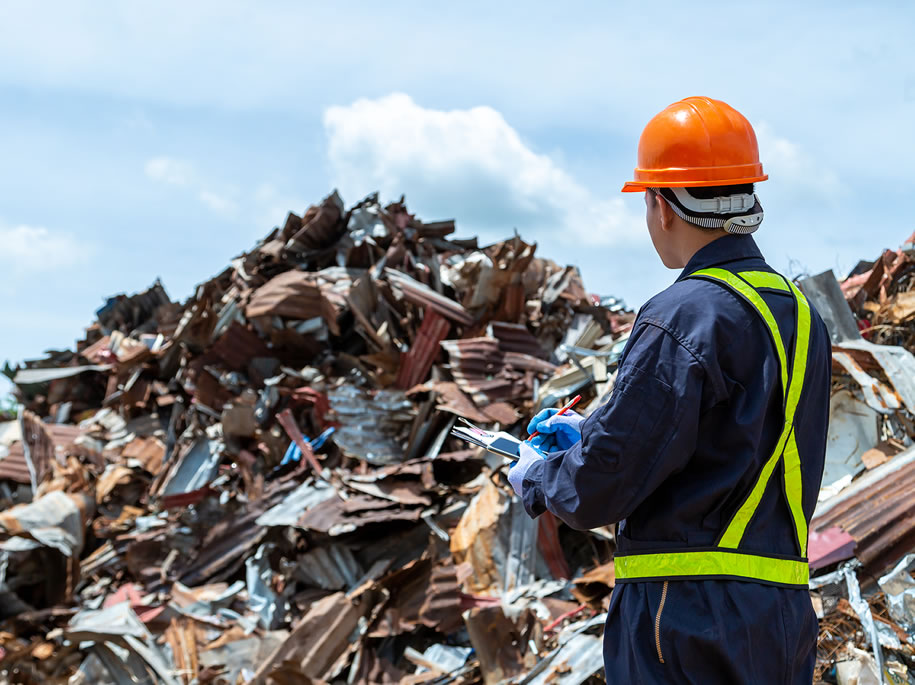

SEP 24, 2025
Copper, brass, and aluminum are among the most valuable metals when it comes to scrap collection and scrap metal recycling. Copper finds many applications in electronics and construction, while brass is desirable for its durability and corrosion resistance. Aluminum is 100% recyclable, retains its quality, and is in high demand across major industries like construction.
If you’re looking to make money by selling scrap metal, you need to be able to identify quality scrap metals like copper, brass, and aluminum. Knowing how to tell the difference can help you get the best price for your materials and avoid common mistakes. In this post, RCM Recycling shares tips on how to identify copper, brass, and aluminum. Whenever you’re looking for trusted scrap metal buyers, we are the experts you can trust.
Copper is one of the easiest metals to recognize because of its distinctive reddish-brown color. When freshly cut, it shines with a bright red-orange hue, though over time it may develop a greenish patina due to oxidation. Copper is non-magnetic, so if you place a magnet near it and it doesn’t stick, you might be holding copper. It is also relatively heavy compared to aluminum, and its malleability makes it easy to bend without breaking.
At first glance, brass and copper can look similar, but there are easy ways to tell them apart. Brass is actually an alloy made from copper and zinc, which gives it a yellowish-gold color rather than the reddish tone of pure copper. While copper is softer and easier to bend, brass is stronger, more rigid, and often heavier. If you tap a piece of brass, you’ll notice it produces a ringing sound, unlike copper’s duller tone. Brass is also non-magnetic and is commonly used in fixtures such as doorknobs, plumbing fittings, musical instruments, and decorative hardware.
Aluminum is another common scrap metal, but it’s very different from copper and brass. The first thing you’ll notice is its weight. Aluminum is extremely lightweight compared to other metals. It usually has a silvery-white appearance and does not rust, though it may develop a dull, chalky finish over time. Like copper and brass, aluminum is non-magnetic, so a magnet won’t stick to it. Aluminum is easy to find in everyday items such as soda cans, siding, gutters, window frames, and car parts. Because it’s 100% recyclable without losing quality, aluminum is always in demand at recycling centers, making it a worthwhile material to collect.
Being able to tell copper, brass, and aluminum apart has clear benefits. First, it ensures you get paid fairly for your scrap since these metals carry different market values. Copper usually sells at the highest price, followed by brass, with aluminum often priced lower per pound. Second, separating metals before taking them to a recycling facility saves time for both you and the scrap metal buyers, speeding up the process and often earning you better rates.
If you have scrap metal lying around, it’s a good idea to get it recycled instead of letting it take up valuable space on your property. Not only is scrap metal recycling eco-friendly, but it can also be a good source of extra money. Selling your scrap metal to trusted scrap metal buyers can mean the difference between getting fair market value for your materials and walking away with less than they’re worth. RCM Recycling is a reliable scrap metal company that offers top dollar for both ferrous and non-ferrous metals. Contact us to learn more about our services.